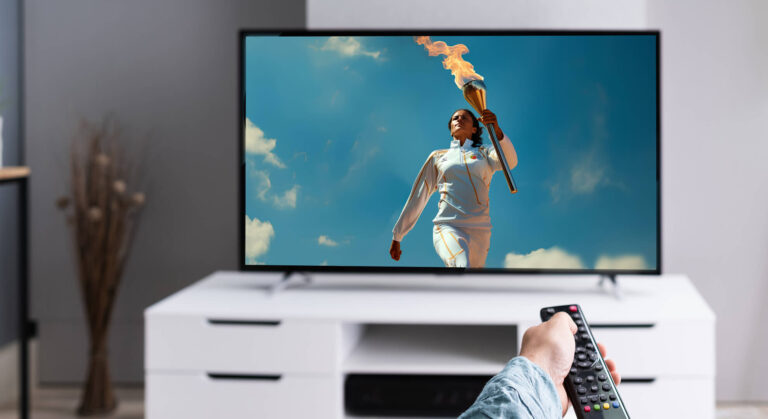Supply path optimisation (SPO) is a dynamic decisioning model that reduces duplication, discrepancies, and integration quality to determine a media buyer’s optimal path to supply. In its early stages, SPO served as the industry’s effort to clean up the supply chain and make it more efficient, competitive, and transparent by ensuring that every party who plays a role in serving an ad impression adds more value than they extract.
Today, SPO is a means to improve advertising outcomes by not only reducing the number of supply partners and intermediaries that media buyers work with, but also increasing transparency in the supply chain and giving marketers access to the most efficient path to media owners’ inventory. In addition, marketers can reduce the amount of transaction fees they’re paying as the programmatic chain becomes shorter.
However, there are still misconceptions about how to apply SPO most effectively at the agency and campaign level. This was the topic of discussion at a recent event we hosted with The Women In Programmatic Network. Leaders from The Trade Desk, Publicis Groupe, dentsu programmatic, Half Dome, and Matterkind discussed the dynamics of SPO in programmatic auctions and how efficiency measures can drive sustainable digital advertising practices.
In case you missed it, here are three key takeaways as the panelists unpacked the dynamics of SPO:
1. SPO isn’t a one-size-fits-all solution
Ultimately, buyers want to maximise working media in relation to transaction fees, and they’re looking for programmatic pipes that can bring efficiency to negotiations, provide fee transparency, and reduce technical costs.
The complexity of the media supply chain means that buying quality media isn’t always simple. The desire for strong performance alone isn’t what delivers positive results and quality media. What drives these outcomes are the processes and optimisations that a brand has in place to identify why it should bid on one impression over another.
There are different types of SPO strategies, including:
- Infrastructural SPO: This relates to the operational lines, or programmatic pipes, that allow buyers to access the most premium supply, in the most efficient way. If the pipes aren’t efficient, it doesn’t matter how well you negotiate your rates on deals, because the auction will never win and the commercial agreements won’t be met. Ultimately, the relationship between speed, hygiene, and infrastructure is of the essence.
- Commercial SPO: This relates to the negotiated rates and involves reducing intermediary fees, technology costs, and overall programmatic advertising expenses. This allows media buyers to allocate more budget to actual media spend, and achieve better ROI for their clients’ campaigns.
To successfully implement infrastructural and commercial SPO strategies, media buyers should conduct a comprehensive assessment of the current programmatic supply chain and fees. Setting clear objectives, optimising supply sources, reducing intermediaries, and integrating data sources for analysis are vital for a successful SPO strategy.
More importantly, media buyers should continue to collaborate openly with supply partners, monitor performance, and continuously refine the strategy based on results.
2. SPO brings more transparency and buying power to the digital supply chain
Purchasing inventory via multiple supply paths can add a layer of complexity when it comes to understanding the fees associated with a media buy. This becomes more fragmented with more players and intermediaries incorporated into the buying path, as each hop across the supply chain includes a fee.
This complexity eats into a campaign’s working media dollars and results in reporting and fee discrepancies, as well as inventory duplication. However, some agencies continue to work with upwards of 50 supply partners to execute their campaigns.
“Prior to implementing an SPO solution for dentsu programmatic, we were buying supply inventory from between 50 to 70 different SSP partners. Once we brought that number down to seven partners, we realised we were able to access 99% of the same supply with seven as we were with 70 while reducing CPMs and increasing performance.”
Daniella Kenney, programmatic and supply path optimisation expert
Consolidating spend to specific supply partners can help maximise the efficiencies of these infrastructure costs for an SSP, which can often be passed on to a buyer, generating improved economic value for buyers.
Additionally, access to log-level data helps media buyers and agencies better understand their auction mechanics, outcomes, and who they buy media through. These insights can inform future decisions on suitable strategies to help increase productivity and efficiencies across a marketer’s programmatic spend.
“Some traders are unaware that they are buying inventory through many different SSPs. They likely don’t even have a relationship with those companies, so when a reporting discrepancy comes up, it’s really hard to track and find out where the media dollars are really going.”
Daniella Kenney, programmatic and supply path optimisation expert
3. Sustainability is top of mind for buyers, marketers, and tech providers
Programmatic advertising relies on servers housed in data centres to facilitate a bid request. Broadly speaking, an SSP can send requests for billions of ad slots per day. Each time a programmatic bid request is sent, it makes its way to an ad server, then a DSP responds, and then that bid has to make the journey back through the exchange to the ad server again to serve an impression.
Each step uses processing power to complete the request. According to a recent study, digital activities make up 3.5% of worldwide greenhouse gas emissions, a figure growing by 6% every year.
“One million served programmatic impressions is the equivalent carbon footprint of 200,000 plastic bags. This statistic makes decisions to streamline the buying path all the more real. SPO is more than just the operational and commercial—it’s environmental now, and it’s a conversation we have with many of our clients during the briefing process.”
Brooke Aniseko, head of performance media and global partnerships ANZ, PMX, Publicis Groupe
Investing in SPO boosts efficiency and drives down the carbon footprint by significantly reducing the number of bid requests sent, minimising the necessary load on servers and computing power as only the most optimised bids are pushed into an auction with buyers.
Overall, SPO can build trust with selected partners—and differentiate between transparent and non-transparent participants—which is one of many ways in which SPO has gained momentum across the agency community.
Learn more about how Index can help you design and optimise your SPO strategy today.
Back to blog



